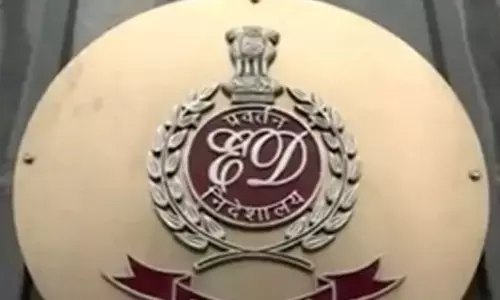ASI team conducts study of Gangamma temple remains

ASI team led by T Sreelakshmi along with City MLA Bhumana Karunakar Reddy inspecting the remains of Gangamma temple in Tirupati on Sunday
The team collected the samples of stone remains and other materials beneath the Garbhalayam of Gangamma temple for study
The team, which at the request of City MLA Bhumana Karunakar Reddy, inspected the remains including the stone pillars, sculptures excavated recently for the reconstruction of the shrine, collected samples of stone remains and other materials beneath the Garbhalayam of Gangamma temple for study.
Sources said that the team believed the shrine was one of the ancient temples built during the later Pallava period and has historic importance. The stone pillars, the images on the pillar and other temple monuments found during the excavation for laying foundation to the new temple, indicate that the shrine was a Vaishnava temple.
Bhumana, the man behind the massive reconstruction of the shrine at a cost of about Rs 20 crore, in an effort to bring out the many hidden historical facts of the ancient Gangamma temple to light, sought the ASI assistant to study the temple remains to ascertain its probable construction period, origin and other details. In the meanwhile, Dr E Sivanagireddy, Sthapathy and Pleach Infia Foundation CEO engaged in preservation and protection of ancient monuments, also inspected the temple remains in Gangamma temple on Sunday.
He observed that the remains of Mahamandapa at Gangamma temple belongs to 16th century AD. The remains, which include the foundation of temple of the Chola period much earlier and varieties of pillars carved with divine sculptures and seated Yali sculptures (Mythological creature found in most Hindu temples) of a later day addition during the Vijayanagara period(16th century AD). These remains of historical and archaeological importance shall be erected in the same premises under proper labelling for the benefit of visitors, he opined.















